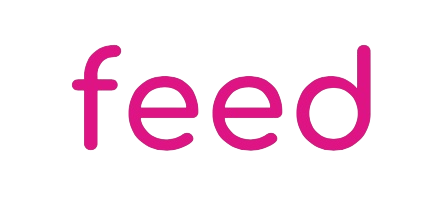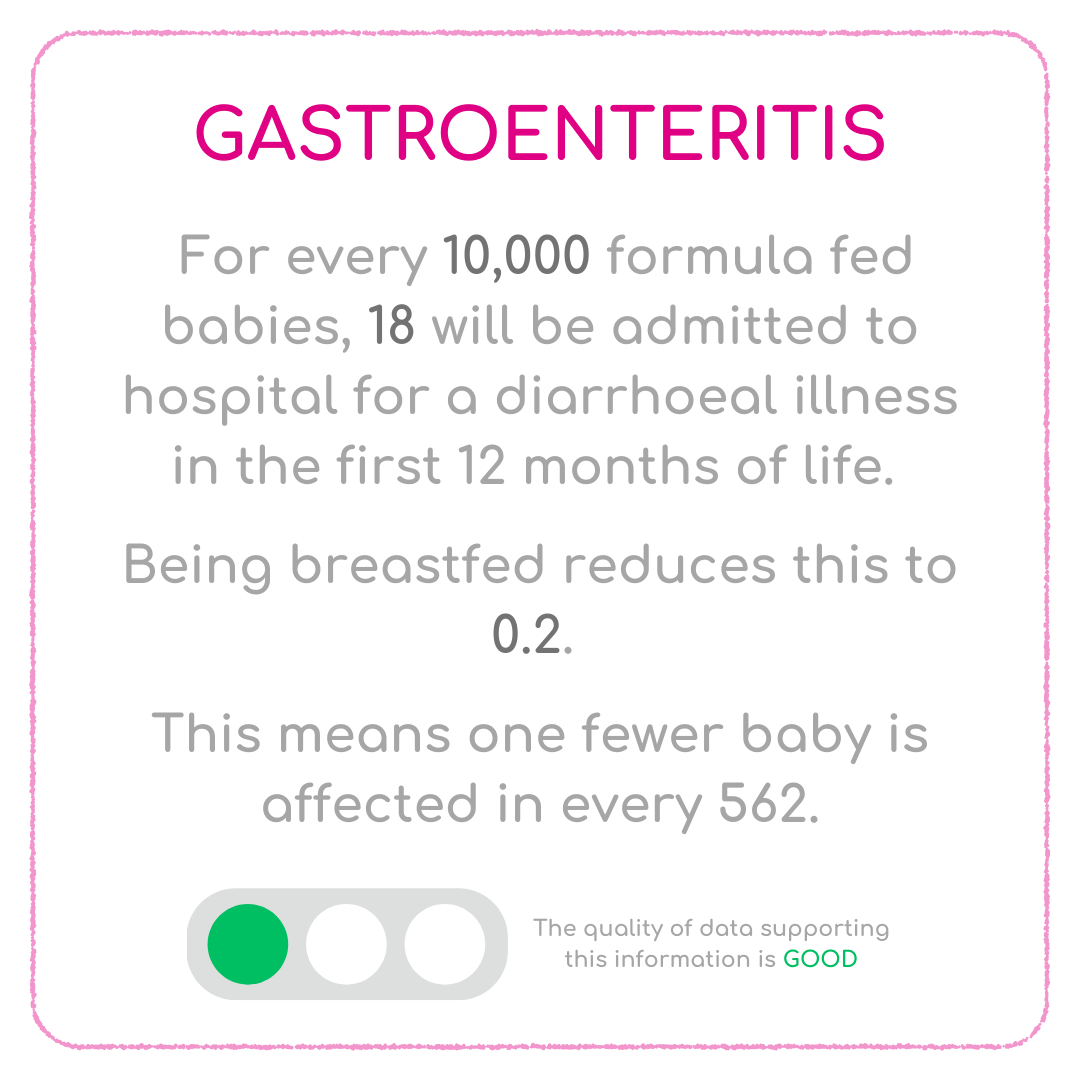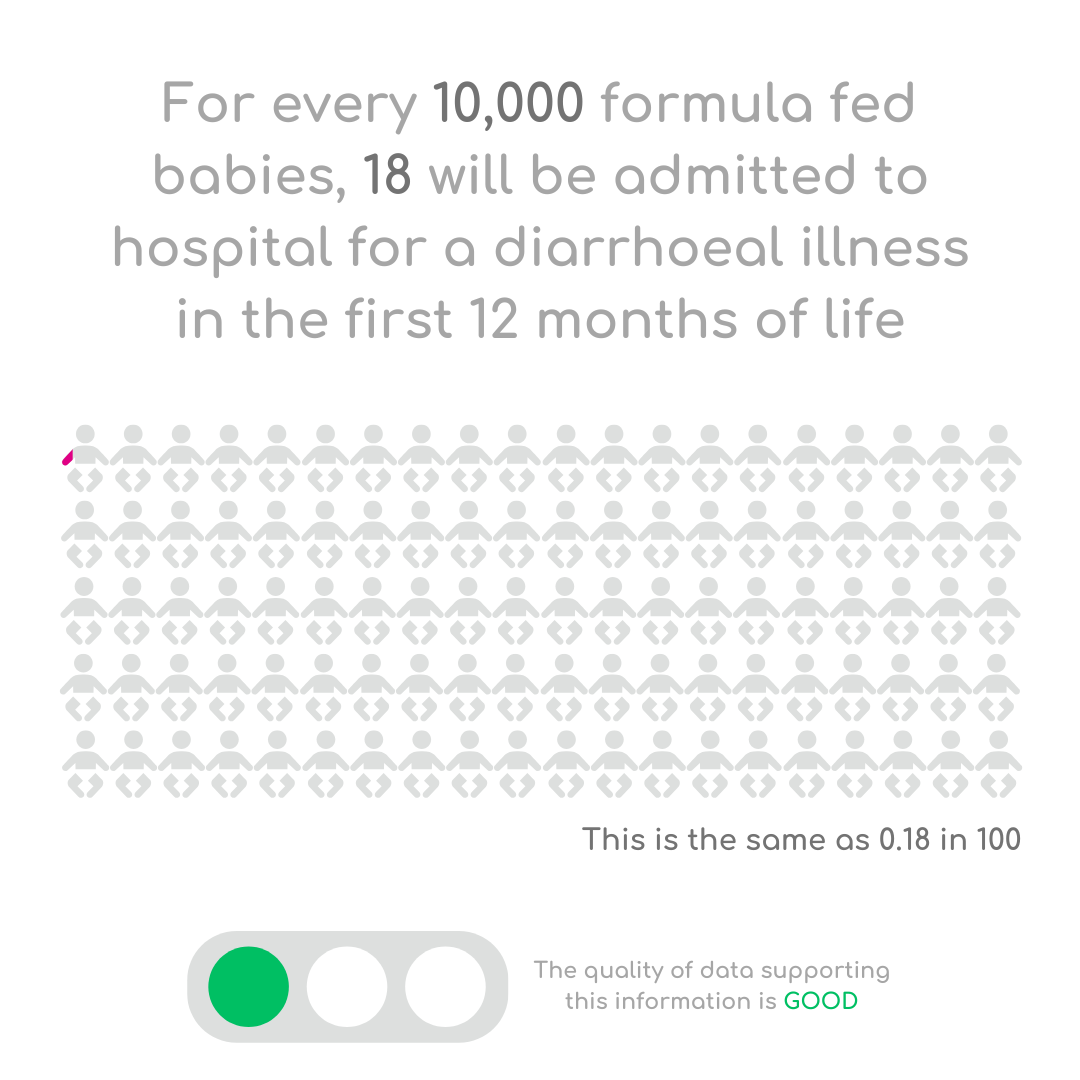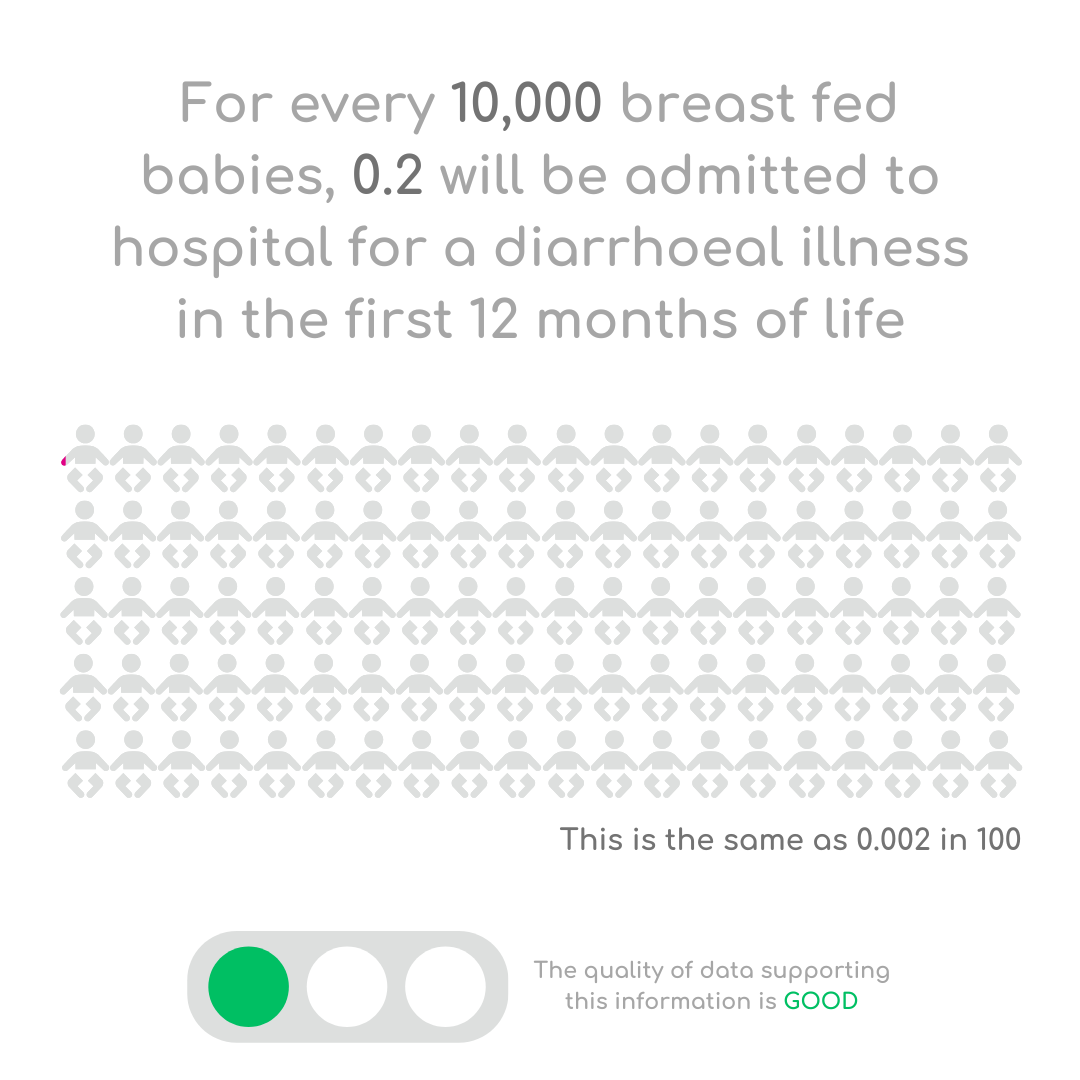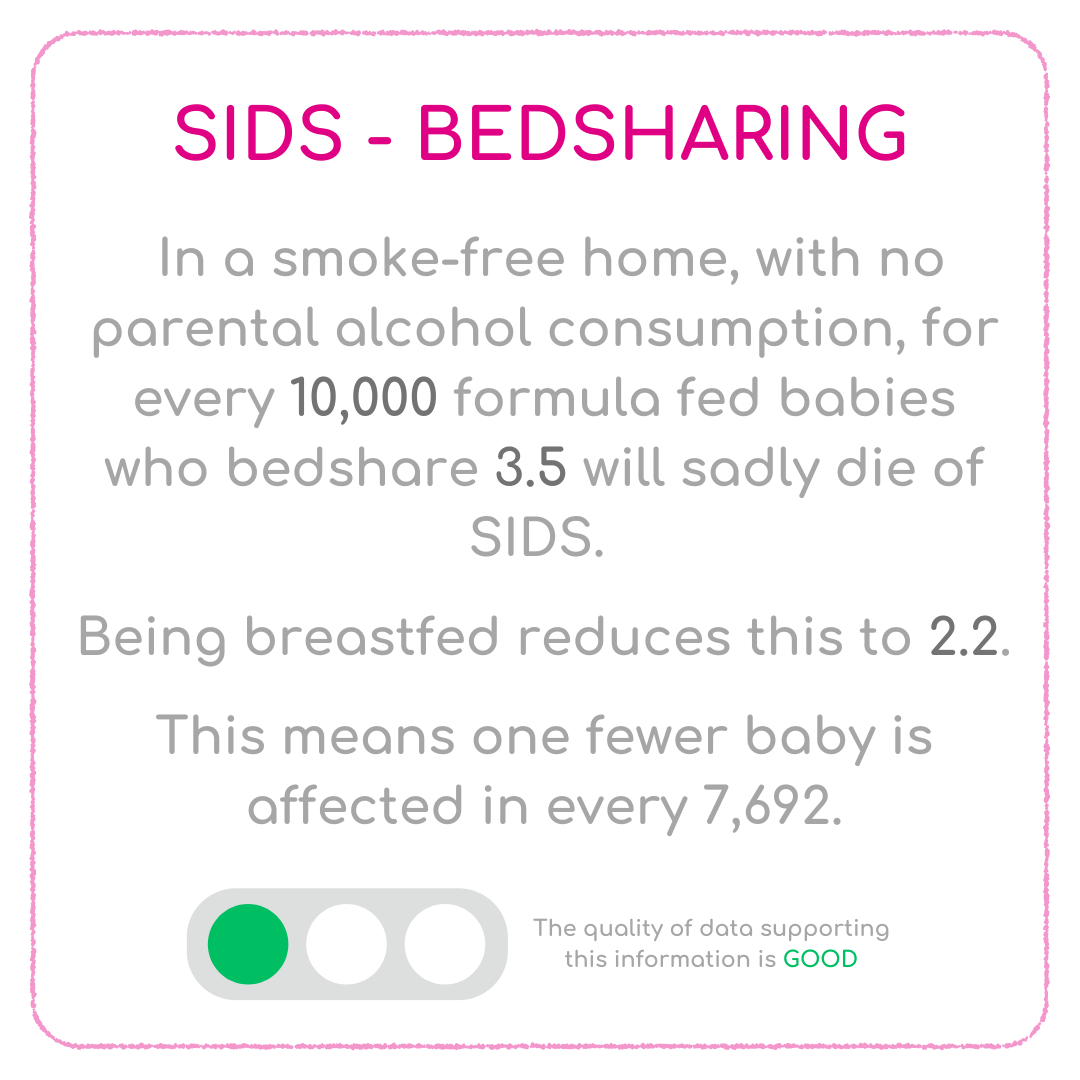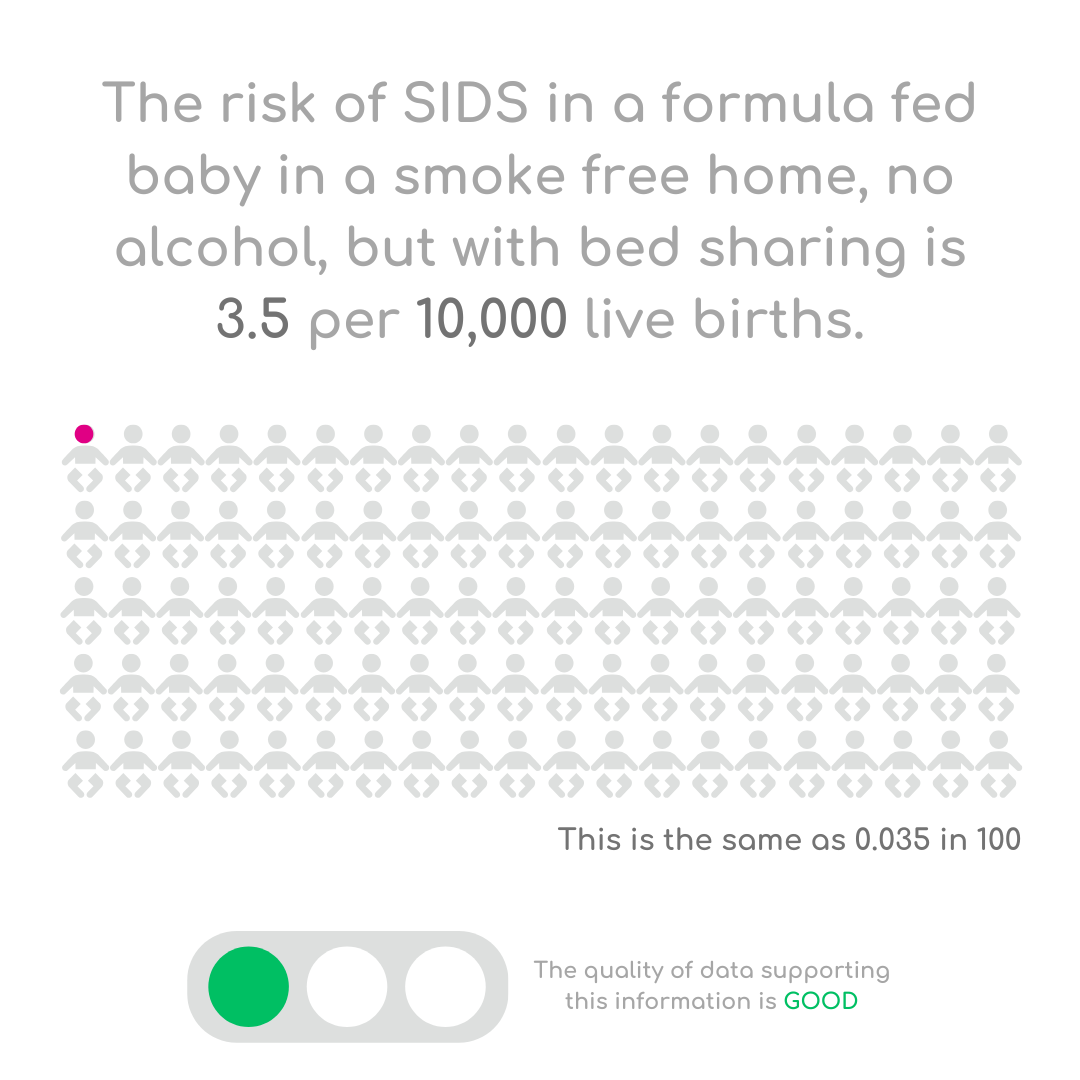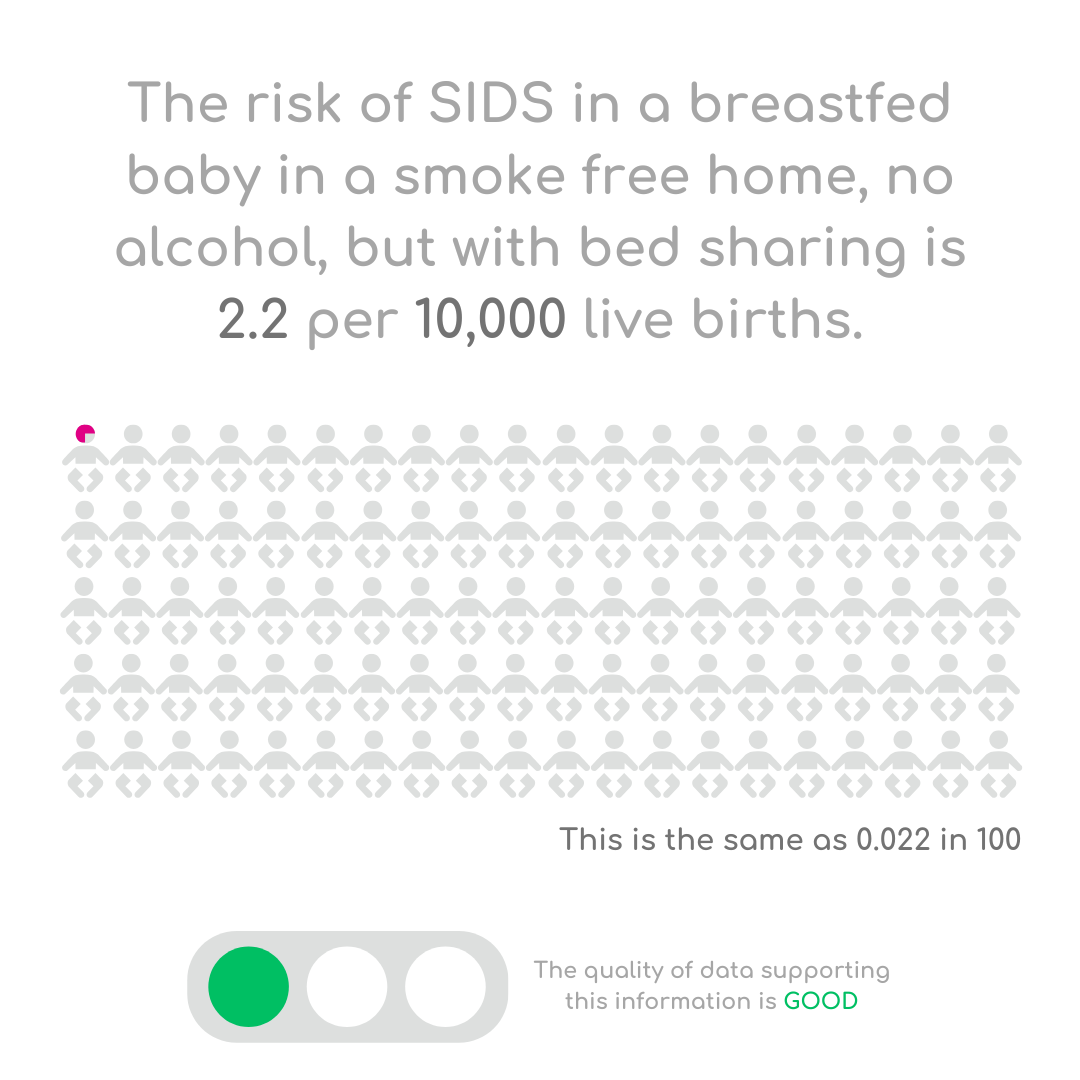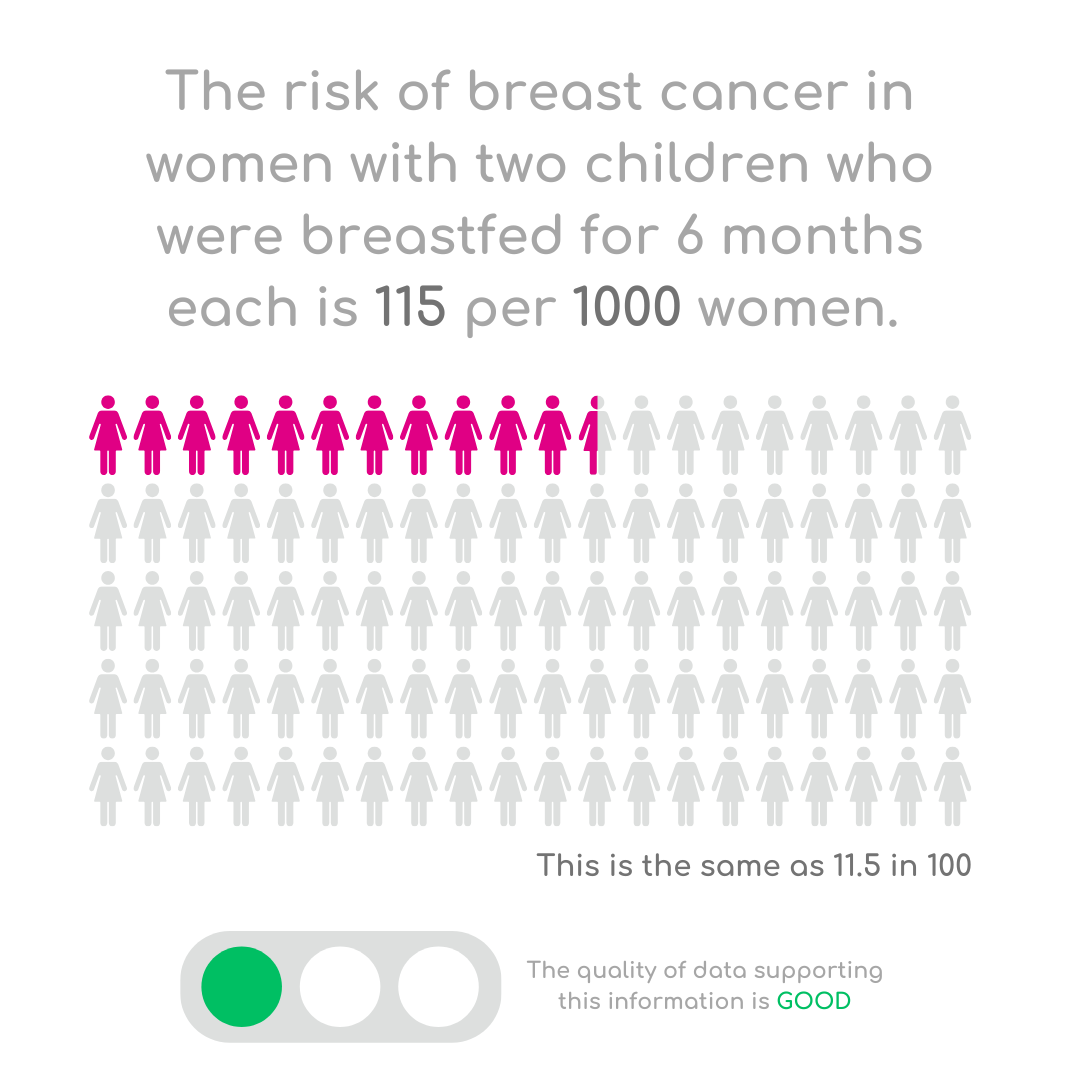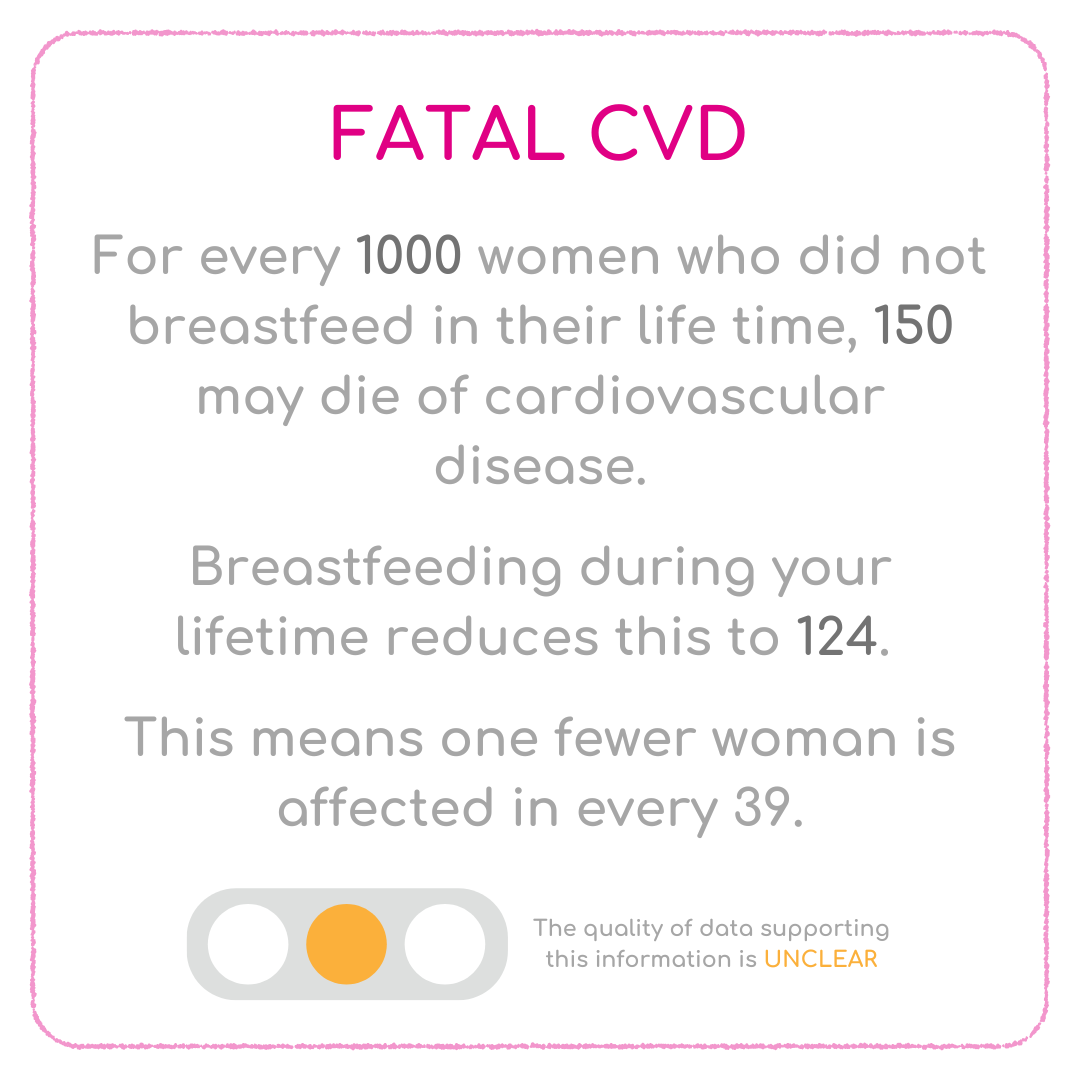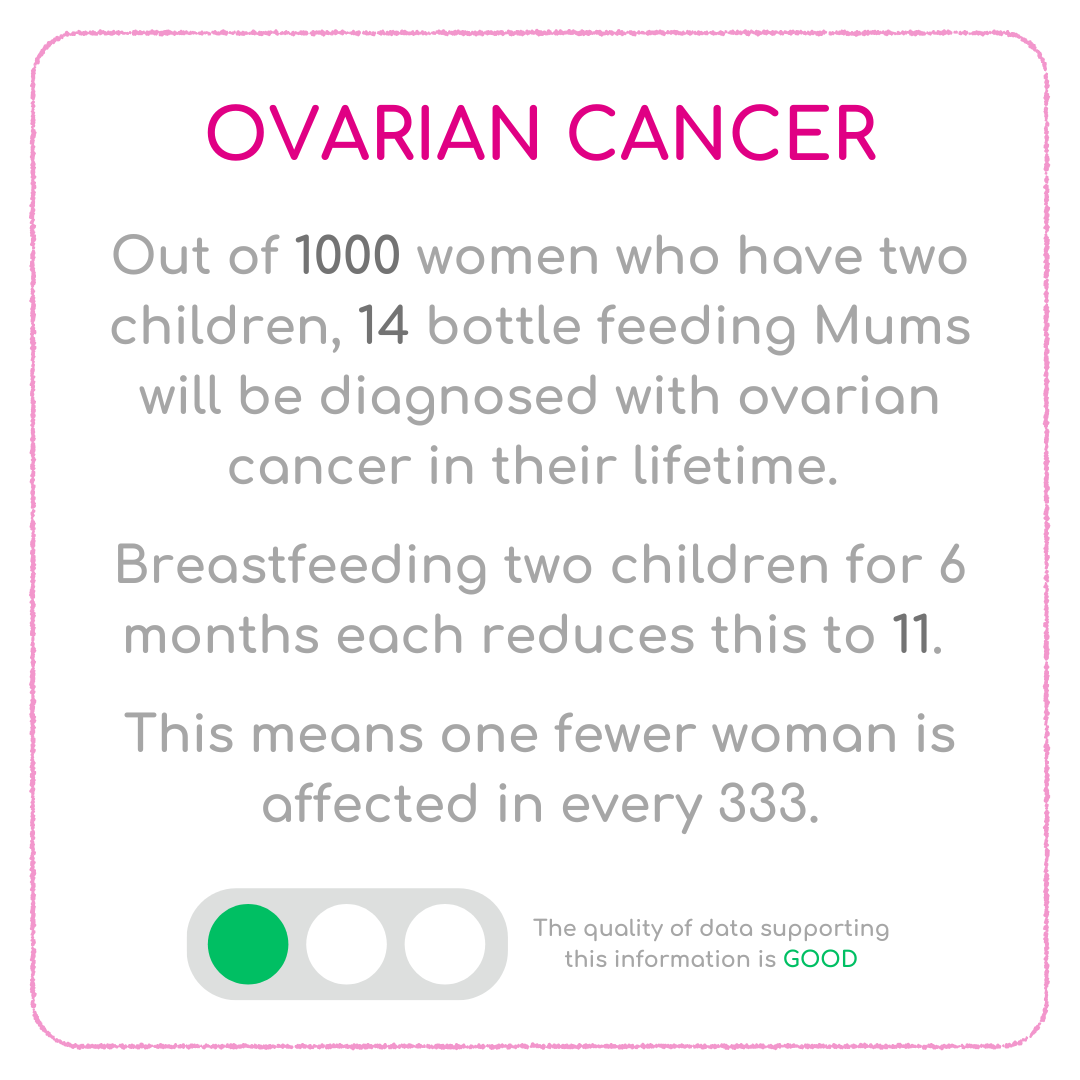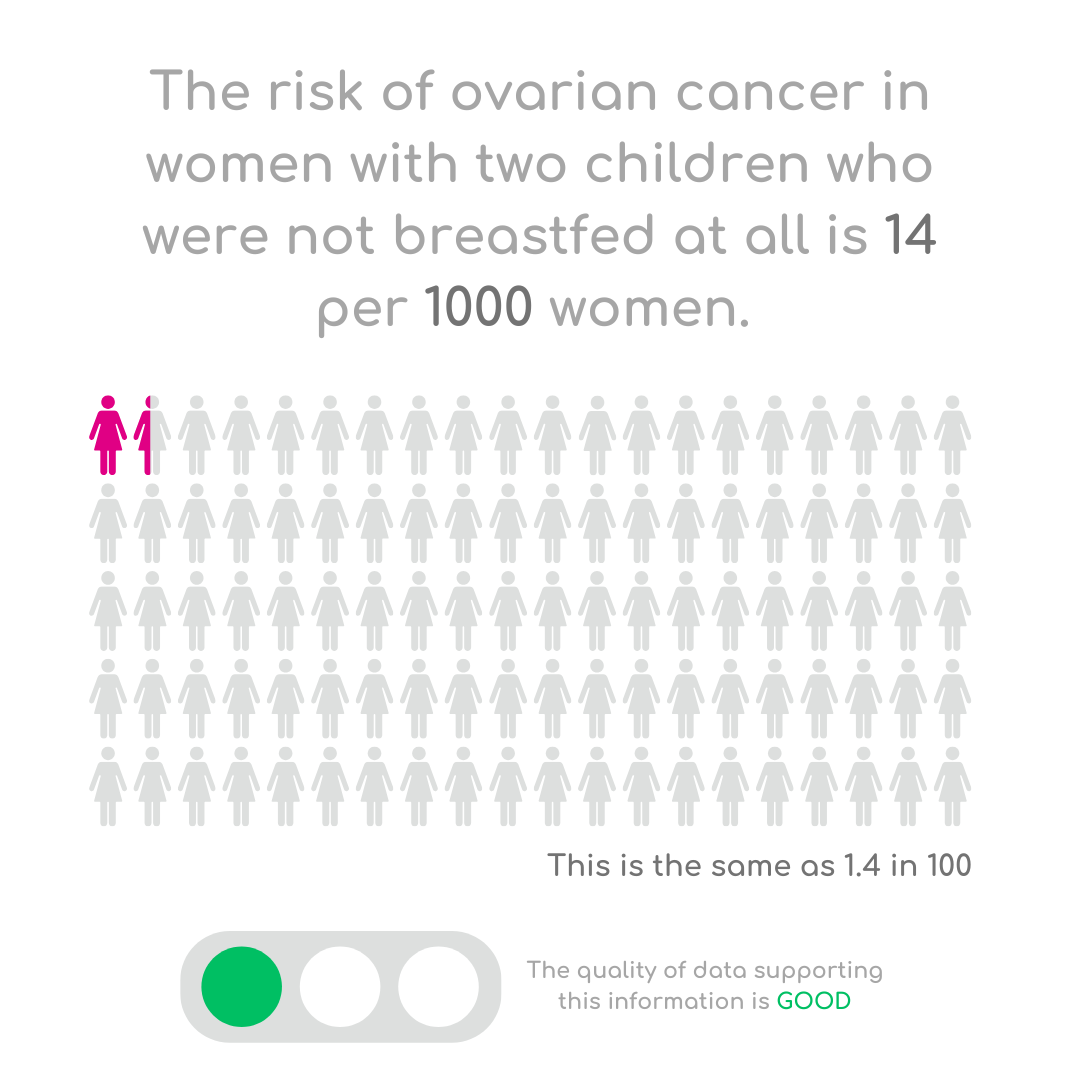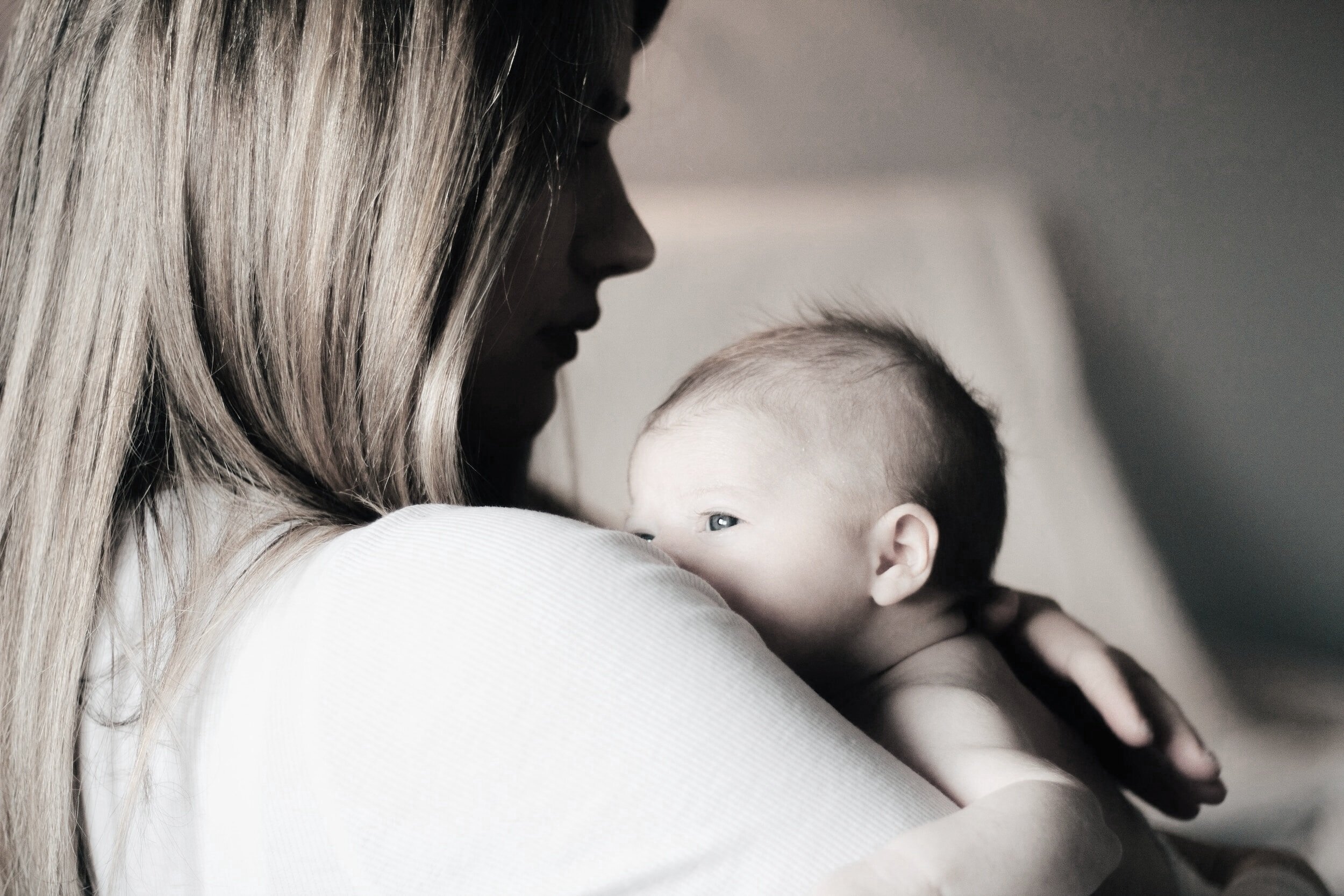
Feeding Facts & Fictions
Feeding decisions can feel overwhelming, and there’s a ton of information to wade through. That’s why Team Feed are here to give you the facts on breastfeeding and formula feeding, with clear data on the benefits and risks of each, served up with zero judgment and plenty of support.
Whether you’re figuring out feeding for the first time or just looking to make sense of the mountain of advice out there, you’ve come to the right place. You’ve heard the claims about how feeding choices impact on maternal and infant health outcomes, but how muc of it are true?
We’re here to break it down. No jargon, no bias - just clear, evidence-based analysis of individual claims about infant feeding. Tapping into our expertise in scientific research and public health, we dig into the numbers, separate fact from fiction, and make the science easy to understand. Because Mums deserve real answers, not myths.
So, grab a cuppa, take a breath, and let’s dive into the data, debunk the myths, and figure out what feels right for you and your baby. You’ve got this, and we’ve got your back, bottles, boobs or tubes.
The Science Bit: Decoding the Data
TWe've taken all the data available and worked out the absolute risk for each outcome; this tells us how many women or babies out of a set number will be affected by each. Since different health outcomes affect different numbers of people, we've scaled everything to show the risk per 10,000 babies, and per 1,000 women. This gives a fair comparison, like putting everything on the same measuring scale.
From there, we've calculated the number needed to treat (NNT). This tells us how many women would need to breastfeed to prevent one extra case of a disease. A lower NNT value means fewer babies needed to be breastfed in order for just one baby to get the benefit. A higher NNT value means a greater number of babies need to be breastfed for just one baby to get the benefit. The perfect NNT would be 1, as this would mean that every baby who was breastfed would get that benefit.
Our diagrams help visualise the risk, as we’ve coloured the women and baby icons pink to represent the number who will develop a disease and grey for those who won’t - more pink means a higher risk. Where breastfeeding reduces risk, you’ll see fewer pink people, showing its impact at a glance! In many cases you’ll have to look carefully to find any pink people because the risk of disease is so small.
All data is not created equally. For some health outcomes there is good quality, robust evidence available, for others the data is poor. So, we’ve included a traffic light system to indicate data quality at a glance - good, unclear or poor.
By using this approach, we’ve made it easier to compare risks and understand how much of a difference, if any, your feeding choice makes!
Benefits and Risks for Babies
Most babies will not develop infection or ill health because of the way in which they are fed. Even where a form of feeding reduces a chance of an illness, it is important that we understand what that means for an individual baby, so a mum can make decisions based on what matters to her.
There is good evidence that breastfeeding can reduce the chance of babies developing gastroenteritis, and being hospitalised for gastrointestinal infections.
There is good evidence that breastfeeding can reduce the chance of babies developing respiratory tract infections, and being hospitalised for these infections.
For example, every month around 5 formula-fed babies per 1,000 would be hospitalised for a lower respiratory tract infection, compared to about 3 per 1,000 for babies who are exclusively breastfed. .
The risk of SIDS, once known as cot death, is extremely low for all babies and a number of different factors influence this very small risk.
Breastfed babies who do not share a bed with a parent, and who live in a smoke and alcohol free home are at the lowest risk of SIDS (0.8 per 10,000), but formula fed babies in the same smoke and alcohol free home environment who do not share a bed are at a lower risk (1.3 per 10,000) than breastfed babies who do share a bed (2.2 per 10,000).
If you have any concerns about how your baby is feeding, their weight gain or their general health, let your doctor, midwife or health visitor know.
Benefits and Risks for Mums
There are some known health advantages for women of breastfeeding, and other areas that are still being researched to understand risks and benefits of different feeding choices for women.
There is good evidence that breastfeeding can lead to a small reduction in the risk of breast cancer, although the main risk reduction comes from being pregnant in the first place.
For example, among 1,000 women who had two children and did not breastfeed, 120 will get breast cancer, compared to 115 among 1,000 women who also had two children and breastfed each baby for six months.
This means that if 1000 women breastfed two babies for 6 months each, 5 fewer would be diagnosed with breast cancer had all of them chosen not to breastfeed.
We can also think about the data in terms of how many people need to breastfeed for just one woman to benefit; in this case, 200 women would need to breastfeed two babies for 6 months each for one less woman to be diagnosed with breast cancer.
There is some evidence that breastfeeding can reduce the risk of cardiovascular disease, but this is a complex area of research where further data still needs to be collected and the actual size of any benefit, if it does exist, still needs to be established.
There is good evidence that breastfeeding can lead to a small reduction in the risk of ovarian cancer, although the main risk reduction comes from being pregnant in the first place.
For example, among 1,000 women who had two children and did not breastfeed, there would be 14 cases of ovarian cancer per 1,000, compared to 11 per 1,000 among women who breastfed.
What would you like to know?
We’re working hard to populate this page with information on all of the many outcomes that are said to be affected by your infant feeding choice. In the meantime, if there is any outcome you are keen to hear about, please drop us a line and let us know.
